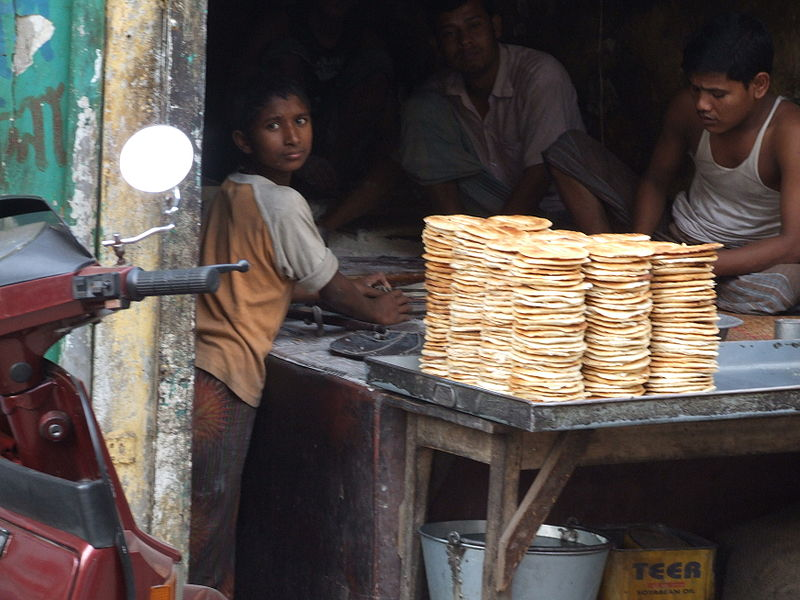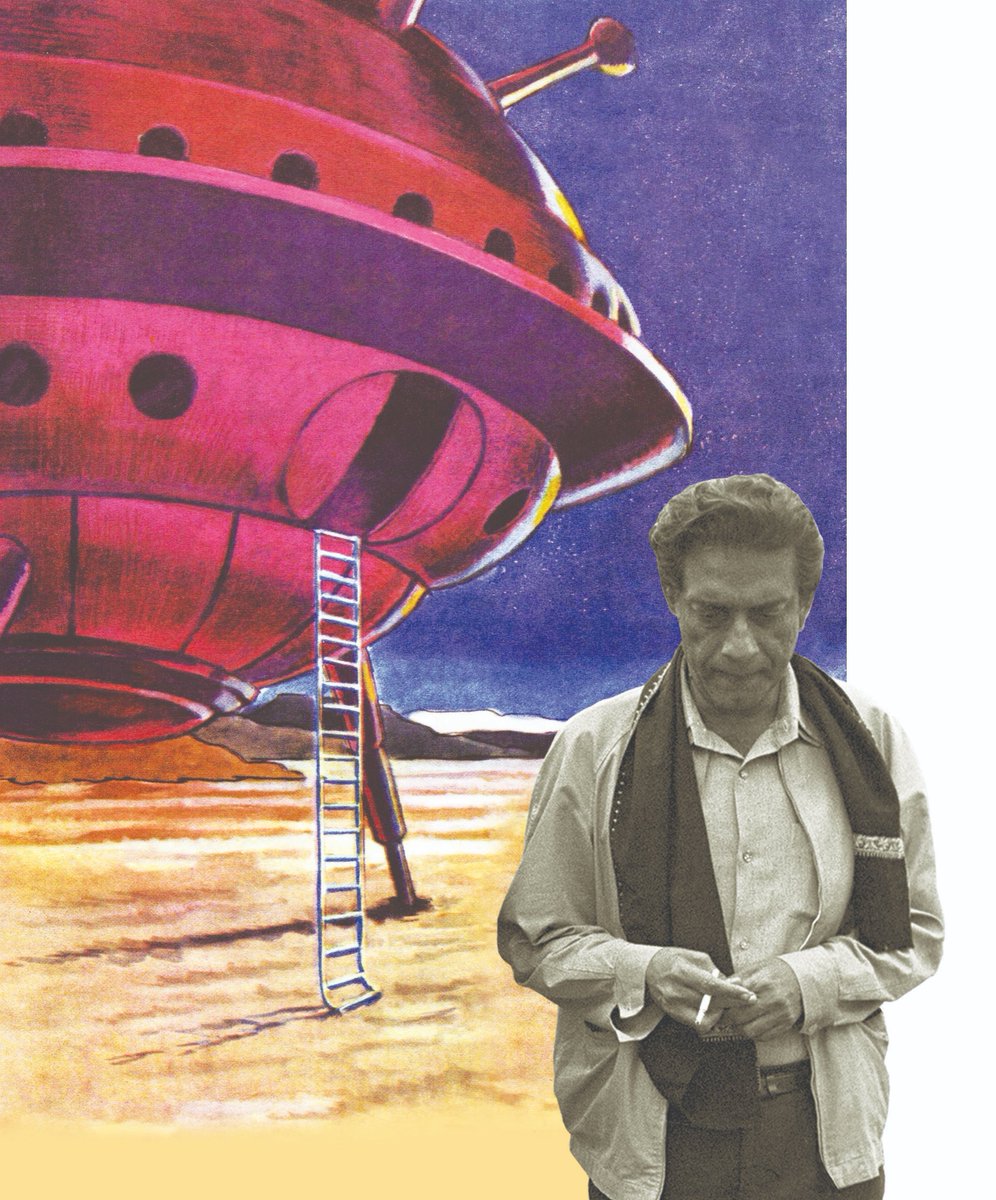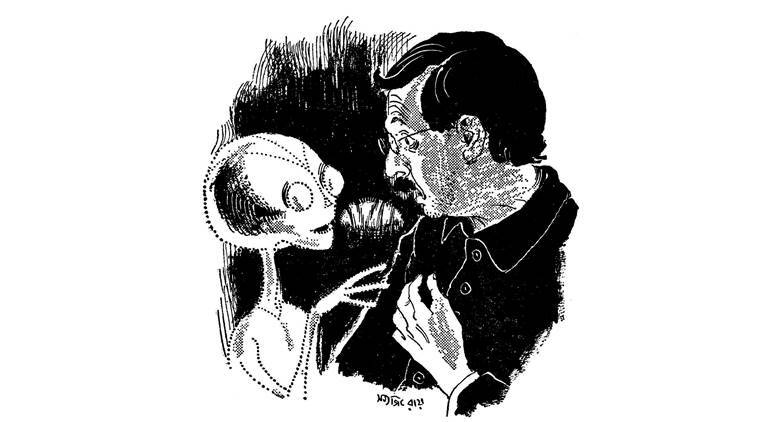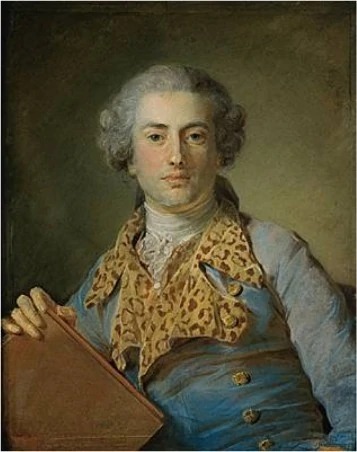
On #InternationalWorkersDay , we look back to the tale of a young Indian mill worker who dared to stand up to the might of the Empire at the cost of his own life - a thread on Baba Genu Said (1/15) 
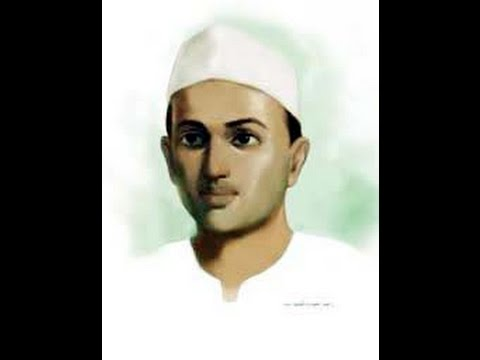
It was December 12, 1930. The entire subcontinent was charged up by the Mahatma’s Dandi March, in defiance of the British salt laws. Calls for boycott of British goods became widespread (2/15) 

In Bombay, the anger and discontent among workers in the mills and the docks, combined with the nationalistic fervor, became a major headache for the ruling class (3/15)
Even without the intervention of political parties, the workers repeatedly struck work in protest of dreadful working conditions and in solidarity of the nationalist movement (4/15)
One man who was often at the forefront of the protests was 22-year old Baba Genu Said. Born in the interiors of rural Poona, Said had ended up in Bombay, to work at a mill. He had little education (5/15)
But that didn't stand in the way of his sense of patriotism and duty towards the nation. He had been particularly impressed by Gandhiji’s call for boycott of foreign goods and made it his life's objective (6/15)
Said had been a part of groups laying blockade outside godowns and shops selling imported clothes. On this December day, George Frazier, a wealthy merchant from Manchester, was moving loads of clothes made in Britain (7/15)
Anticipating trouble, he'd already asked for and was given police escort. As the first truck moved out, its way was blocked by Baba Genu Said near Bhangwadi on Kalbadevi Road. He refused to let it pass, shouting the name of Mahatma Gandhi all the while (8/15)
The police sergeant accompanying the truck threatened him with dire consequences. But Said wouldn't give way. He challenged the sergeant to drive the truck over his body (9/15)
Furious, the sergeant ordered the driver to do so. The latter, an Indian, however, flatly refused to carry out this heinous task. The sergeant then ordered the driver out and took the steering wheel himself (10/15)
Maybe he had thought Said was simply bluffing. The sergeant started to drive the lorry ahead, Said held his ground and was crushed beneath the wheels (11/15) 

His fellow workers rushed him to a nearby hospital but by then it was too late. Official report mentioned the incident as an unfortunate accident. Next day, Said’s funeral procession turned into a huge rally (12/15)
Workers, students, common citizens of Bombay all joined the rally shouting protests. They wanted Said to be cremated in the sands of Chowpatty beach. The administration refused (13/15)
The crowd turned violent. The police started a lathi charge. Many protesters were bayoneted, suffering serious wounds. Finally, the Congress leaders brokered a truce and Said was laid to rest the next day (14/15)
The lane where he laid down his life was named after Babu Genu Said as a last vestige of this brave man’s memory (15/15) 

Source: timesofindia.indiatimes.com/trivia/An-unsu…
memumbai.com/babu-genu/
bolbhidu.com/babu-genu-free…
Wikimedia Commons, @mumbaiheritage
memumbai.com/babu-genu/
bolbhidu.com/babu-genu-free…
Wikimedia Commons, @mumbaiheritage
• • •
Missing some Tweet in this thread? You can try to
force a refresh



